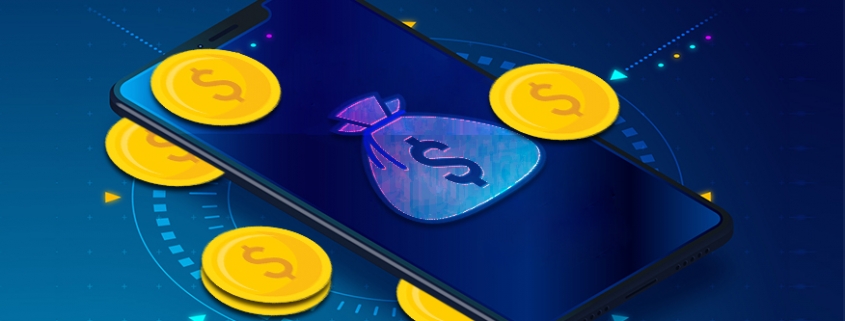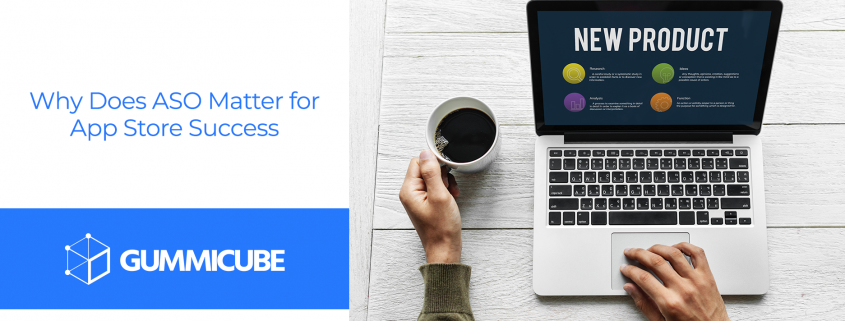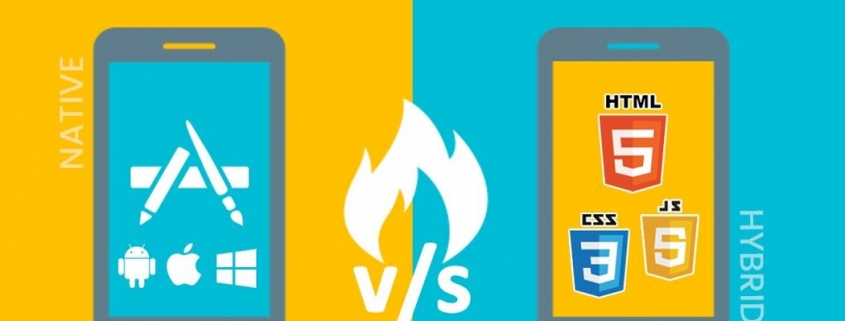8 Best Practices to Boost Mobile App Engagement
As more and more people use smartphones, mobile applications are now the hottest means to get connected to the Internet. Since the use of handheld devices overtook desktops in terms of connecting to the Internet, the demand for downloadable applications has been growing significantly.
While increasing demand for apps might be good news if you want to cash in from your mobile app development efforts, it may also act as a challenge. As the number of apps increases further, you need to make it more engaging to ensure that your customers or users access it frequently. Faced with millions of apps, users have the luxury to delete poorly performing apps and install a better alternative. To avoid seeing your app gets uninstalled, you need to make it as entertaining and useful as possible.
Ways to Boost Mobile App Engagement
There are many techniques and strategies to make your application more enticing to use. Here are some actionable ones that you can apply at once:
Establish constant communication with your users
As a mobile app operator, you need it to communicate with your users continually. If you rarely send a message or chat to them, it may imply that you are ignoring them. Take time to initiate conversation or communication with them by sending relevant, educational, or entertaining messages via multiple channels. You can ask them for a rating of your app through in-app messages, or remind them of another feature or event through push notifications.
Send timely and relevant emails
Another way of initiating a conversation with them is by sending them old-school emails. Even though this channel may seem old-fashioned, it remains significant in conveying information and sending personal greetings. Aside from sending a welcome email after a user downloads your application, you can also send them an email for these purposes:
- Encourage them to explore an unused feature
- Introducing a new feature or product update
- Notifying them of new promos or freebies
- Greeting them in their essential dates such as birthdays and anniversaries
Personalize Your Content
Smartphones are designed to deliver private messages. It is not the proper device to consume formal and generic content. So, see to it that you communicate with your user on a personal level. Use words that directly interact with them at a personal level. You may need to hire a copywriter devoted to craft personalized messages as if you are talking only to a single user. Moreover, you may need to tap a mobile app development company to ensure that your messages are delivered in-app or through push notifications.
Use CTAs (Calls to Actions)
Your content is only a one-way conversation unless you request (or instruct) your users to participate in your monologue. You can guide your users on what to do next by placing CTA buttons. Many apps fail to draw reactions from users for the simple reason that they don’t contain CTAs. When correctly worded and designed, these buttons can persuade users to buy a product, respond to a message, subscribe to a newsletter, or take part in a conversation. Also, make sure to place the button (or buttons) to strategic places in your app so that users can notice them quickly.
Use Analytics Tools
Activities in your app can be tracked using different tools. With these mobile app tracking tools, you can use the data you’ve gathered in making adjustments, updates, or tweaks in your application. With this set of information, you can have a glimpse of who are your users as categorized by gender, age bracket, nationality, and frequency of app use. The tools can also give you information on what they are doing when using your application.
Encourage Social Sharing
Social media is the hottest tool for communication in the digital age. Make your app social media-friendly by incorporating icons of popular platforms like Facebook, Instagram, Twitter, Pinterest, YouTube, and others so that your customers can easily share your content. You can also think of ways to encourage your customers to share their experiences by giving them incentives or rewards. They can win a freebie (useful e-book) or get coupons or discounts if they like, share or comment on your social media posts.
Offer In-App Customer Support
Many customers, especially first-timers, might have difficulty operating or navigating your app. Others may want to ask for help. One way to help your customers is by integrating live chat assistance within your mobile app. Through this tool, your customers can chat real-time with your support team in times of need.
Try Advertising
Advertising is a useful way to attract user engagement for your mobile apps. You can use display ads to help you show rewards, discounts, or notifications to select applications or website. Investing in search ads lets you engage with potential customers who are looking for what you are offering on search engines. Meanwhile, retargeting allows your ads to appear on Facebook, YouTube, and other social media platforms. These are just a few examples of how you can use different types of modern digital advertising types to improve user engagement.
Having a high user engagement is key to the success of your application. With the help of reputable app developers in Pensacola and other professionals, you can make your application more relevant to your customers.


















